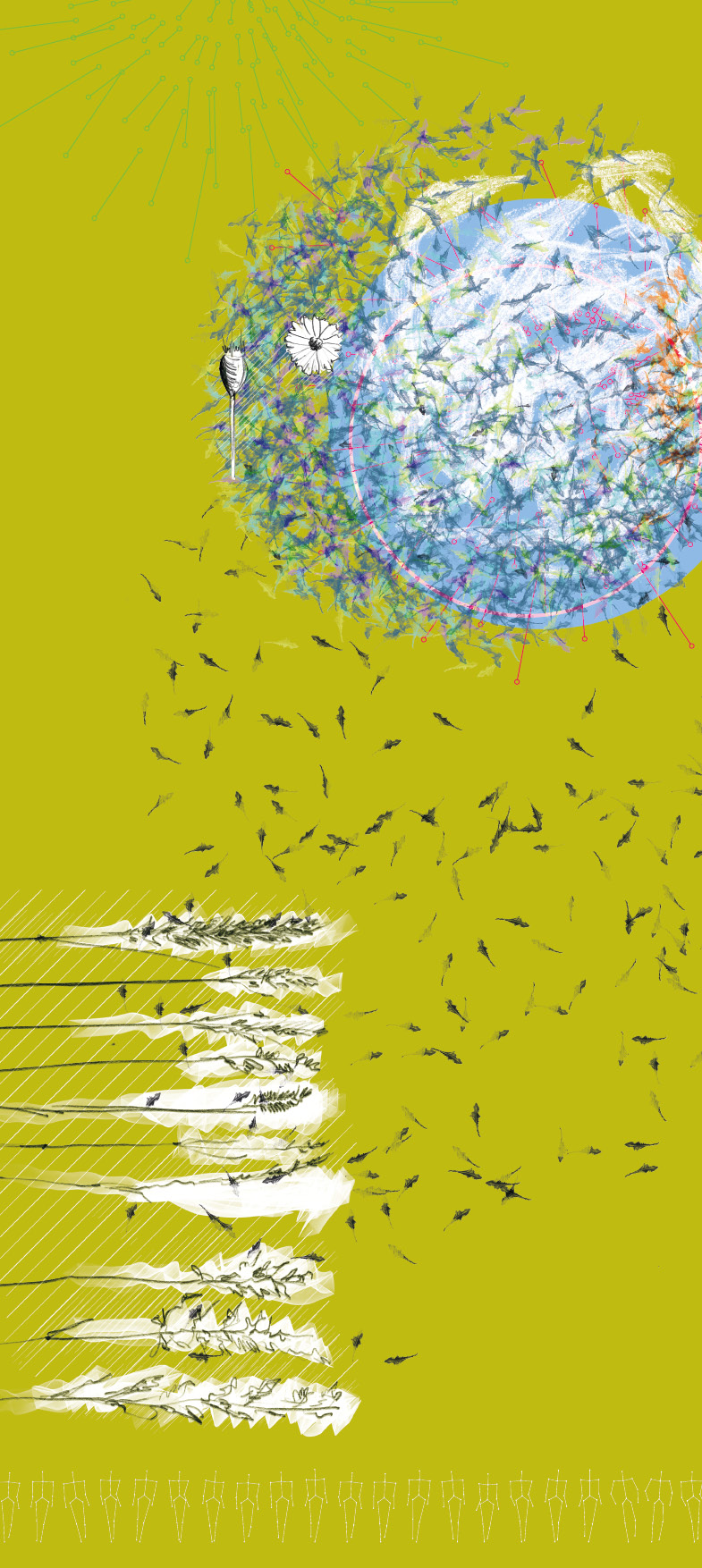Herbarium
Citizens research the history of plants in Zurich
|
|
How has floral diversity in the Canton of Zurich changed over the past 200 years? Approximatly 3.8 Million natural history objects are stored in the combined herbaria of the University of Zurich and ETH Zurich. These objects consist of preserved organisms, supplemented with text information about the identification, geographical origin and the person who collected the material. For herbarium specimens of vascular plants, the plant material is pressed and dried, and mounted on paper sheets for save handling and storage. Natural history objects represent samples of data points about when and where which organisms occurred on Earth. Collections of preserved plants and animals with their accompanying information are the product of a history of some five centuries of documenting the diversity of live on Earth. They have been compiled by generations of explorers to remote places on Earth as well as by dedicated amateurs that searched nature close-by their homes. Today more than 3 billion natural history objects are stored in some 8’000 collections that are maintained at public museums and research institutions. Natural history collections played, and continue to play, a prominent role in documenting species diversity, and in providing the information resources for research in systematics, biogeography, and conservation biology. These collections comprise long-term datasets that allow the investigation of human induced changes in the biodiversity on Earth during the past two centuries. Such collection-based studies include investigations into geographical range changes, temporal shifts in behavioral patterns, like flowering time of plants in spring or migration to nesting sites by birds, and evolutionary change. The digitization of large samples of natural history objects is a major requirement for embracing the future of specimen management. Digitization includes the electronic registering of objects in databases and the recording of digital images. The information is presented most effectively online via internet portals. Today, many natural history collections and museums, including ours, maintain websites to present datasets of digitized specimens. The linking of collection-based natural history science with the public by means of citizen science projects opens up a promising route towards a brighter future for natural history collections and a broader awareness about the decline in Biodiversity and in the Global Change problematics. In the context of the citizen science project „Flora des Kantons Zürich“ (FloZ), the Zurich Botanical Society (ZBG) aims to compare the historical and contemporary distribution of roughly 600 rare and isolated plant species in the Canton of Zurich. To this aim, nearly 90‘000 findings in the combined herbaria of the University and ETH Zürich. The identification of the herbaria is verified, photographed and and made availake through an online portal by volunteer experts. In total, 20 voluneteers are engaged in the processing, online transcription of herbaria labels and noting the locations of findings on historical maps.
Project participants:
Graphic designer: Tanja Hess |
